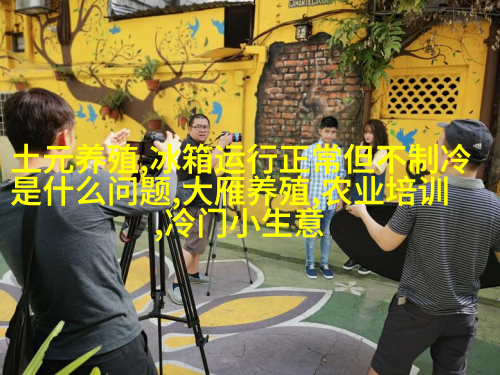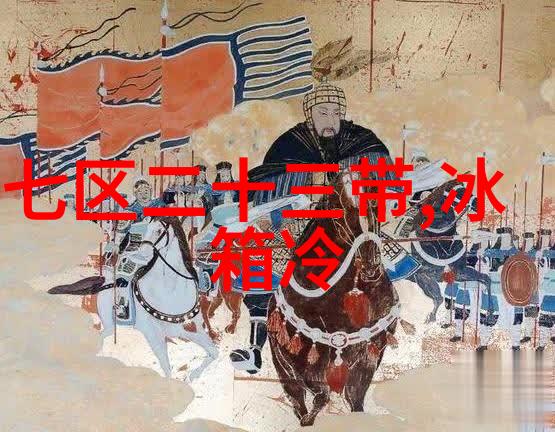概述

membrane separation technology, also known as membrane filtration or membrane process, is a physical and/or chemical separation method that uses semipermeable membranes to separate substances based on their size, charge, and other properties. This technique has gained significant attention in various industries due to its high efficiency, low energy consumption, and environmental friendliness.
分类

Membrane separation can be classified into several categories based on the driving forces involved in the separation process:
Pressure-driven processes: These include microfiltration (MF), ultrafiltration (UF), nanofiltration (NF), reverse osmosis (RO), and gas permeation.

Concentration polarization: This occurs when solutes accumulate at the surface of the membrane during concentration processes like electrodialysis.
应用领域

The applications of membrane separation are diverse and widespread across different industries:
Water treatment: Membranes play a crucial role in removing impurities from drinking water supplies by eliminating suspended particles, bacteria, viruses, salts, minerals and organic compounds.

Wastewater treatment: It is used for treating industrial effluent containing chemicals such as heavy metals or organic pollutants.
Biotechnology: In bioreactors for cell culture media clarification or sterilization of biological products such as vaccines or pharmaceuticals.
优势与挑战
Advantages:
High efficiency with minimal energy consumption
Low capital costs compared to traditional methods
Flexibility to handle variable flow rates
Challenges:
Scaling up from laboratory-scale membranes to large commercial ones without compromising performance
Cost-effectiveness relative to other technologies
未来展望
The future outlook for membrane technology appears promising due to its potential applications in emerging fields like bioenergy production through fermentation-based conversion of biomass into fuels.
结论
In conclusion, advancements in membrane science have led to an increased understanding of material properties that enable better design principles for efficient separations across various industries while minimizing environmental impacts.
参考文献
This article provides a comprehensive overview of the development and application trends related to membrane separation technology along with its advantages & challenges while offering insights into future prospects within this field




